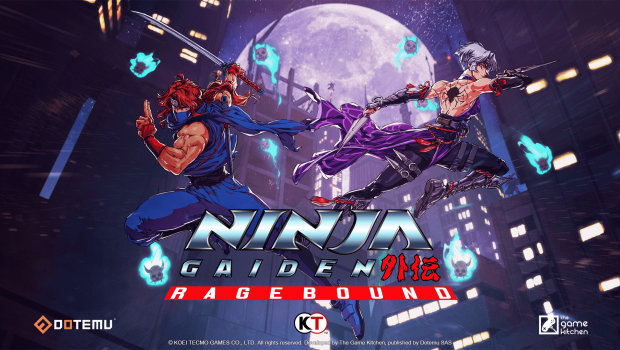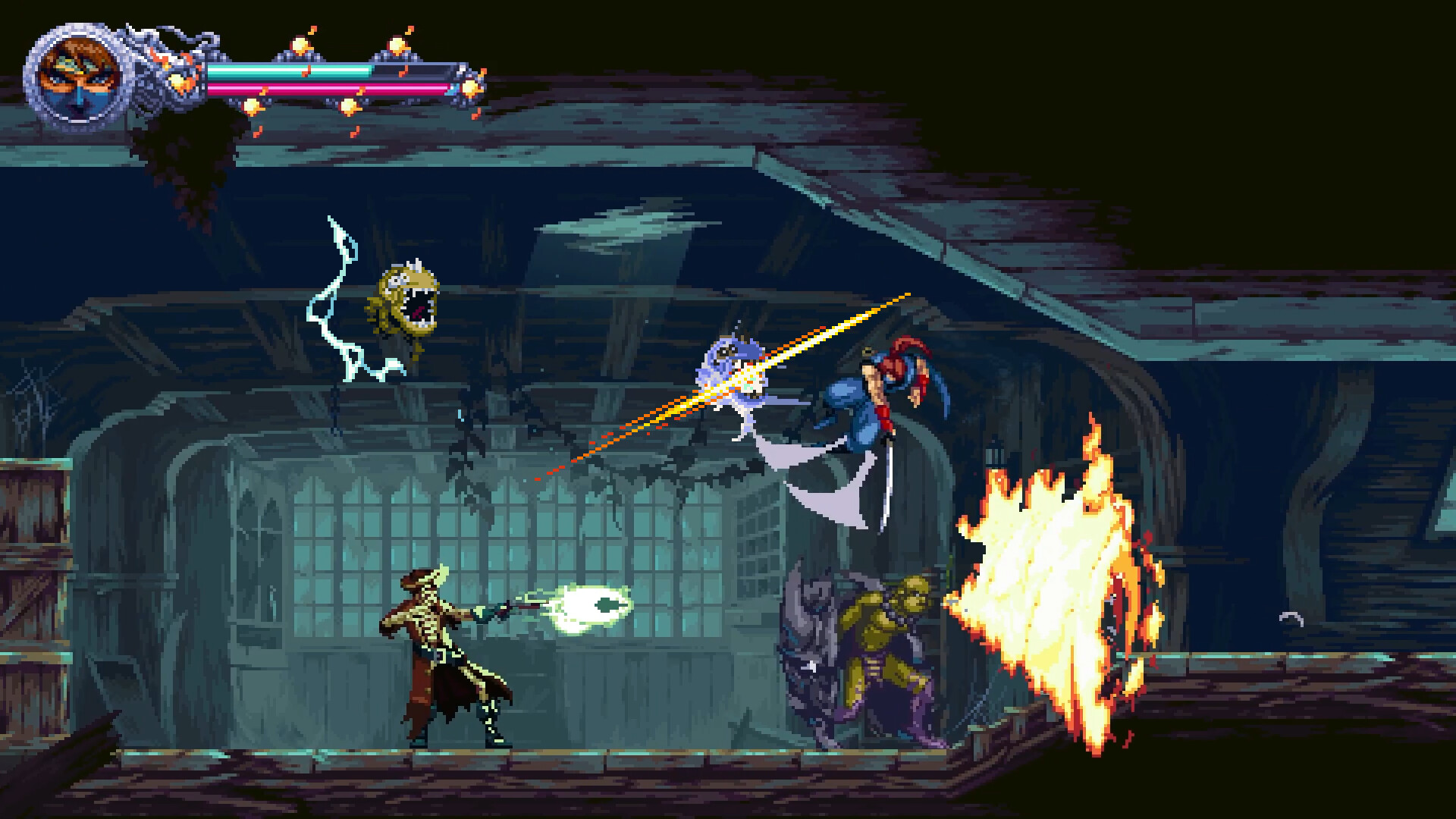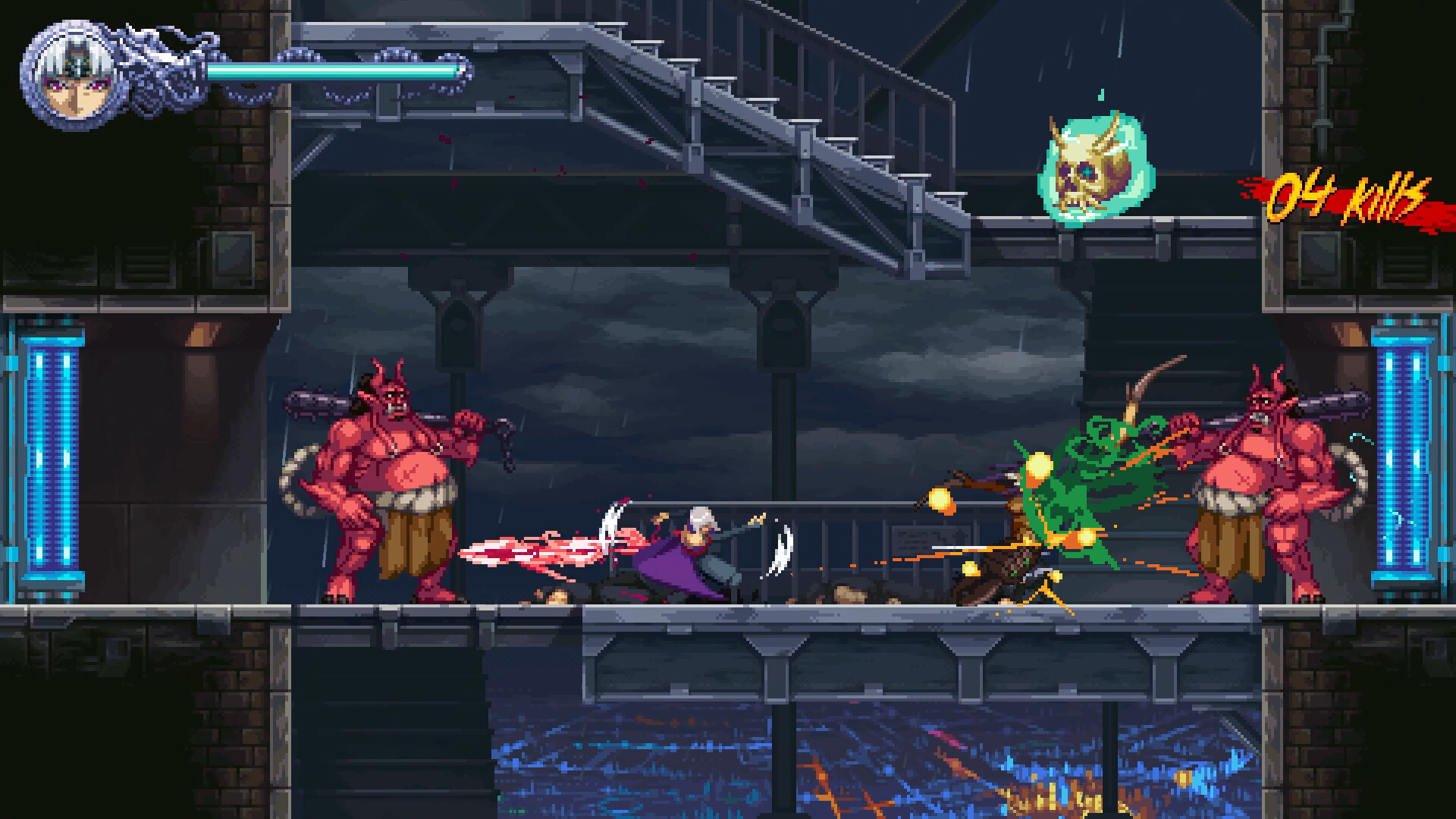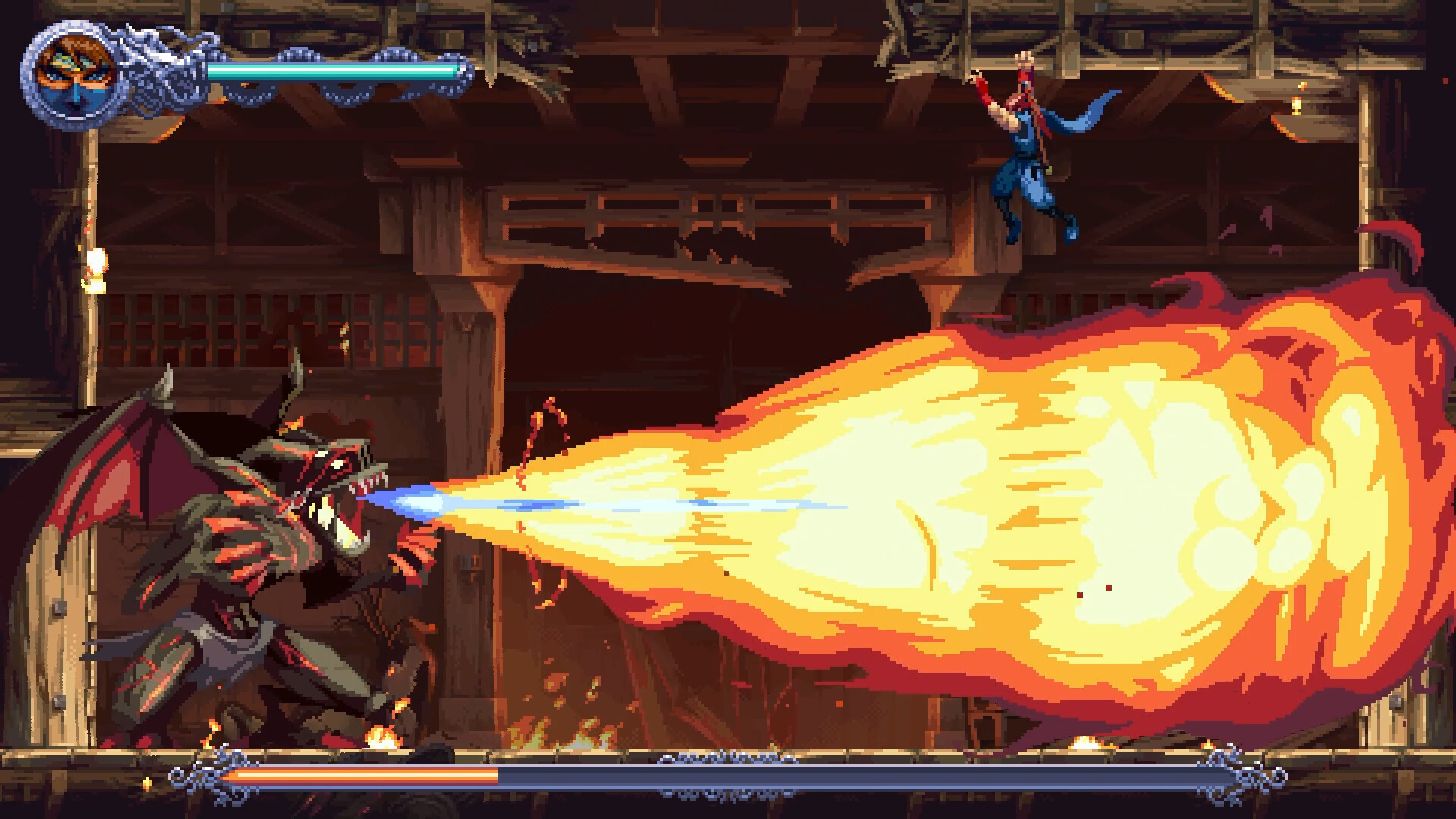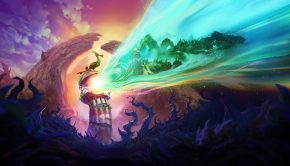Ninja Gaiden: Ragebound (XSX) Review
Summary: Furious combat and fiendish difficulty collide in this challenging yet satisfying revival.
4.3
Anger Issues
Ninja Gaiden: Ragebound is a thrilling retro revival that nails the feel of the classic NES era titles while bringing them bang up to date.
Developed by The Game Kitchen, the studio behind the phenomenal Blasphemous series, Ninja Gaiden: Ragebound combines pixel-perfect platforming with fast, fluid, and furious combat in one of the best action platformers I’ve played in years.
Set during the events of the original Ninja Gaiden (including a prologue that directly references it) with Ryu off in America, players step into the blue shinobi shoes of Kenji Monzo, a young ninja tasked with protecting Hayabusa village from a demonic incursion.
Meanwhile, the Spider Clan Ninja Kumori is dealing with a similar threat at the clan’s HQ and is sent on a mission to bend the might of the demon realm to their will using a kunai that binds the soul of whoever is struck by it to the wielder.
After both end up in the lair of a demon lord, and Kenji is almost killed, Kumori uses the power of the kunai to bind her soul to Kenji’s, and the pair set out to stop the invasion and seal the door to the demonic realm.
Basically, Kenji does the running, jumping, and slashing, and Kumori throws the kunai, an expanding armoury of special weapons, and performs devastating Ragebound attacks that clear the screen of enemies.
Though most enemies can be dispatched with a quick swing of Kenji’s katana or a kunai to the face, larger beasts need several hits, and some of the buggers even block attacks with shields. This is when the new hypercharge attacks come into play. By defeating certain glowing enemies with the correct attack, blue for sword strikes and pink for ranged attacks, you then have a small window to land your next attack, which will then execute whatever it hits in one flashy strike.
What this creates is an excellent sense of rhythm, urgency, and depth to encounters as you quickly take out the glowing enemies before slicing the big, burly demon with a club in half, before swiftly taking out the stragglers.
It’s a satisfying dance and one that rocks its way through the entire game as your Ragebound attacks are charged by landing hypercharge attacks, while your melee strikes power your ranged attacks and special weapons.
The platforming is also tricky but fair, for the most part, and made all the more enjoyable by liberal use of Guillotine boosts, a mid-air attack that lets you bounce on the heads of foes, obstacles, and pretty much anything else, to gain extra height and momentum. Sitting somewhere between the counters in Cuphead and the pogo in Duck Tales, once you’ve got the timing down, boosts are easily the most useful and fun move in Ragebound, letting you bounce your way through waves of foes and nab those all-important collectible skulls and scarabs used to buy upgrades for Kenji.
Learning how to guillotine boost is also vital for getting through the Demon Altar platforming sections, which see Kumori transported to the otherworld to leap and teleport her way to open up new sections of the level or snag collectibles.
They vary wildly in difficulty, and with every move, the clock is ticking since she’ll need to get to the end before she runs out of life. This can be replenished if you successfully collect a blue orb on your way, but the number of times some flying skull would get in the way, just as I ran out of energy, or I’d miss a jump and get booted back to the beginning was far more than I’d like.
Every level culminates in a traditional boss battle against some nasty big brute. Sort of like the original, but with less drubbing you in a corner till you die. I’m talking about the kind of grandiose brawls that reward pattern recognition that you’d get in a Mega Man or Castlevania. Most take at least a couple of tries to get through, and even when you know what’s coming, they still feel like a desperate, but ultimately satisfying struggle.
Ragebound is a challenging, but fair experience, even on its default difficulty, you’re likely to die a fair few times, until it clicks and you hit that marvellous flow state, at which point you’ll be dancing around the screen slashing and spinning and bouncing through and over enemies as you make your way to another challenging boss battle.
The difficulty is somewhat tempered by Ragebound’s numerous checkpoints and lack of a life system. If you’re still having issues, though, the solution lies in the accessibility options, which let you tailor the game’s difficulty to your heart’s desire, with no impact on your progress. Making each level either a desperate fight for survival to pure power fantasy, as Kenji slices and dices his way through every foe as an invincible badass.
It’ll take you about half a dozen hours to blast through the main campaign, and a few more to grab all the collectibles and make your way through the secret missions unlocked by finding scrolls hidden in the main campaign.
I would be remiss if I didn’t mention the presentation, though, which is drop-dead gorgeous, but what do you expect from the folks that brought us the gloriously grotesque, yet pixel-perfect Blasphemous games?
The animation is fluid, the demons varied and colourful, and the retro-tinged soundtrack kicks all kinds of ass, and matches the high-energy gameplay perfectly.
Final Thoughts
Ninja Gaiden: Ragebound is the 2D missing link that OG Ninja Gaiden fans have dreamed of for years. A revival no one saw coming, but an incredibly welcome one, that mixes classic action platforming with modern sensibilities to create one of the most exciting action games of the year.


